WOLA visited a large segment of the Texas-Mexico border, from Del Rio to Brownsville, during the week of March 7. Joy Olson, WOLA’s former executive director, and Adam Isacson, WOLA’s director for defense oversight, covered three of the nine sectors into which Border Patrol divides the U.S.-Mexico border, crossing into four Mexican border cities along the way.
We were pursuing different research questions: Joy was looking at how the U.S. government could respond to ransom kidnappings, and Adam was looking at communities’ and migrants’ interactions with U.S. border law enforcement. Information about both topics is scarcer in this part of the border than it is from El Paso westward, and we wanted to know why.
We saw many longtime colleagues, for the first time since before the pandemic, who are doing important work throughout the border zone. We introduced ourselves to many others whom we’d never met before. We talked to service providers, shelter personnel, attorneys, and some government officials and experts—and we put a lot of miles on our rental car. Here are a few things we saw.
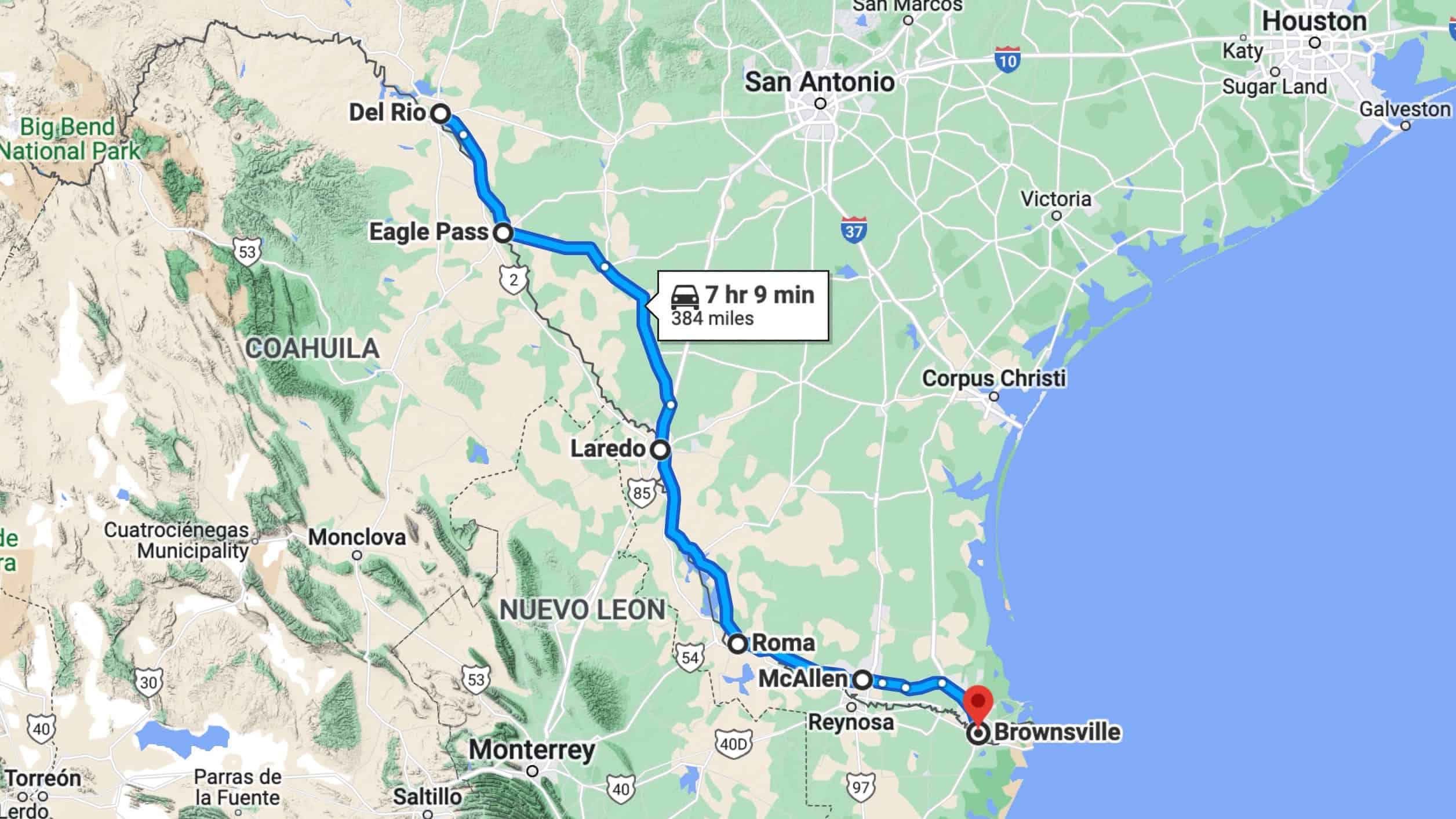
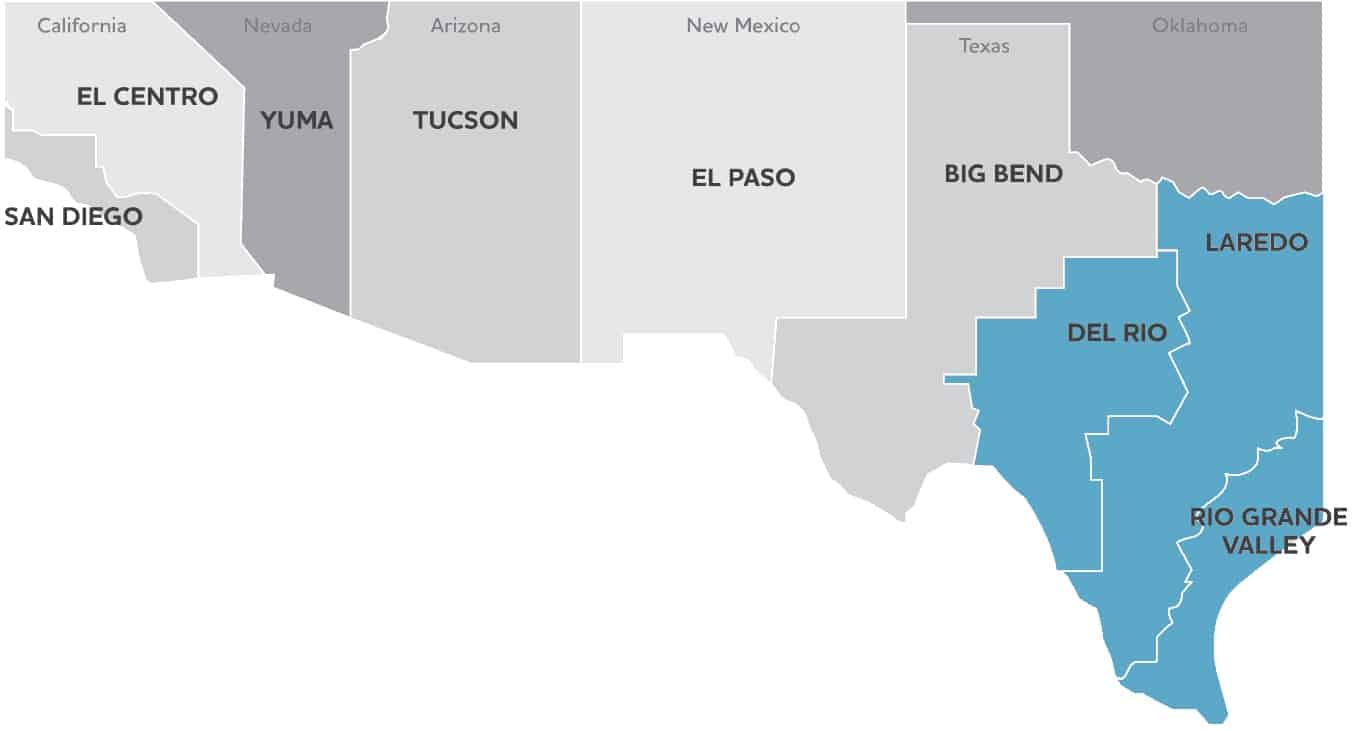
Measured by migrant arrivals, Del Rio, Texas was the busiest of all nine of Border Patrol’s sectors in January, and in second place every other month of fiscal 2022 so far. As recently as 2018, it was eighth. The Del Rio Sector’s four border counties have a combined population of 117,000; between November and February, 125,000 migrants arrived there.
That does not impact daily life in the main border cities, Del Rio and Eagle Pass. Everyone we spoke with said that the average citizen doesn’t notice the arriving migrants because they don’t stay here. The exception was the mid-September 2021 arrival of more than 10,000 mostly Haitian migrants near the bridge between Del Rio and Ciudad Acuña, Coahuila, which made national news. Many of the migrants who came during that event were immediately expelled under the Title 42 pandemic order: since September 19, 2021, the Biden administration has expelled or deported nearly 19,000 Haitians back to their country by air. Nearly 8,000 of them were apprehended in Del Rio. Of those who weren’t expelled, virtually none stayed in Del Rio.
Border Patrol has used Title 42 to expel 42 percent of migrants encountered in Del Rio so far in fiscal 2022. That is less than the border-wide average (53 percent), because many migrants who arrive in Del Rio come from countries, like Cuba, Nicaragua, and Venezuela, to which expulsion is difficult.
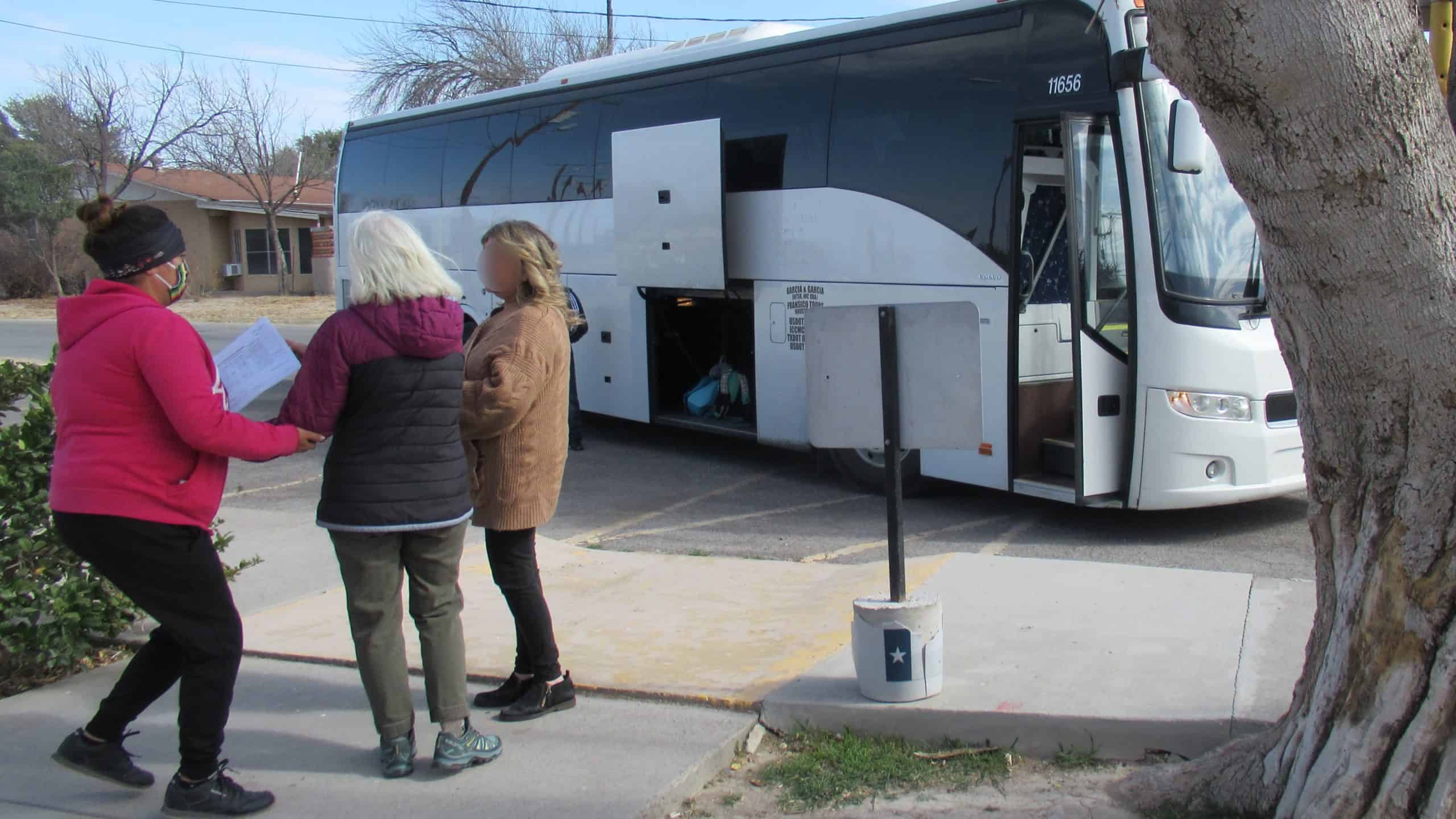
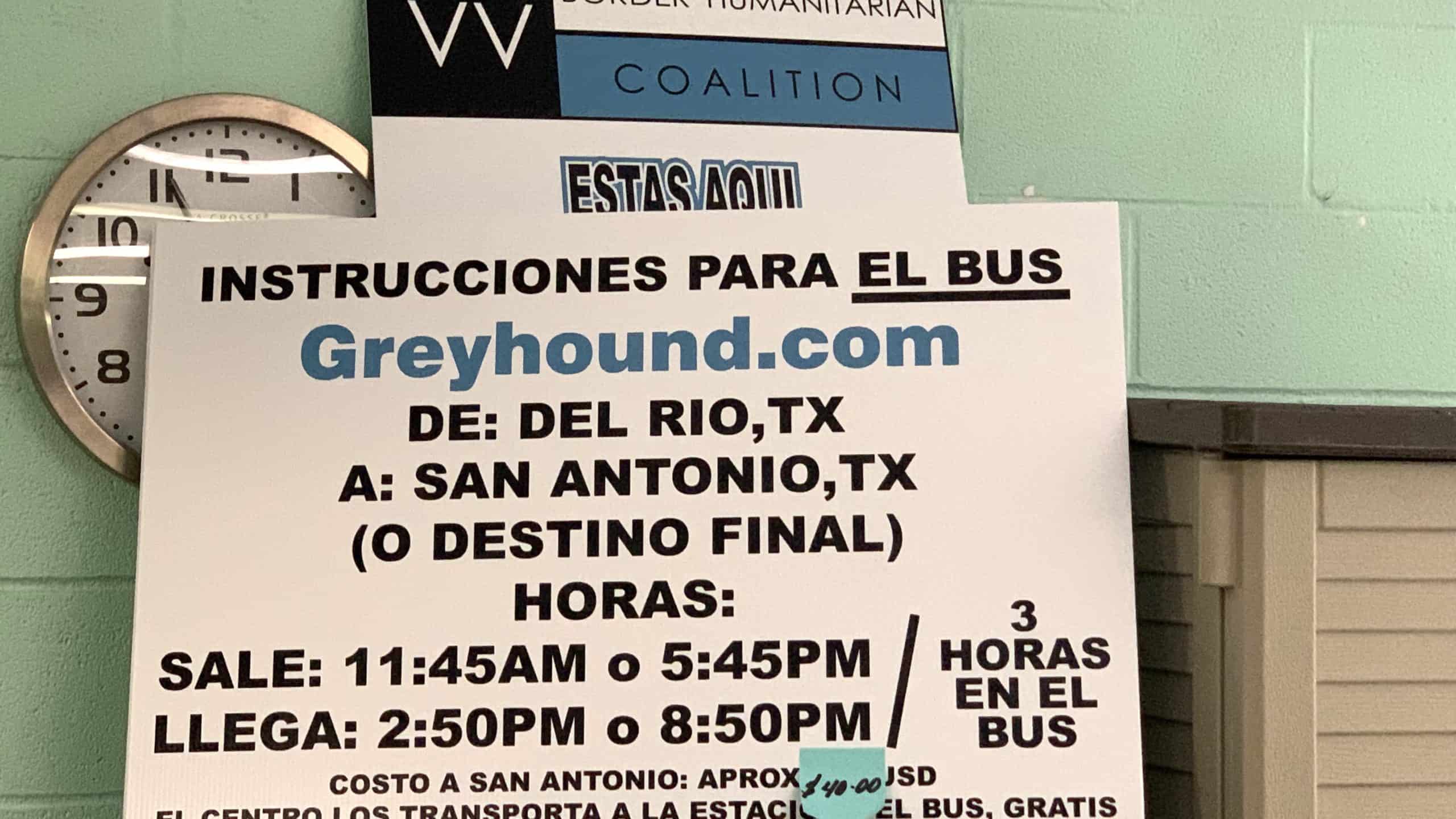
In March 2021 Texas Gov. Greg Abbott (R), a conservative critic of the Biden administration’s border and migration policies, launched a big state-funded buildup of security along the Texas-Mexico border. “Operation Lone Star” has since sent over 6,500 Texas National Guard troops and thousands of state police to border counties. These forces have arrested and jailed thousands of migrants on state charges of trespassing, with dubious results. Abbott has funded the building of border fencing on state-owned land (or on the land of willing private property owners). Numerous media reports have pointed to National Guardsmen assigned to the mission having low morale and not much to do.
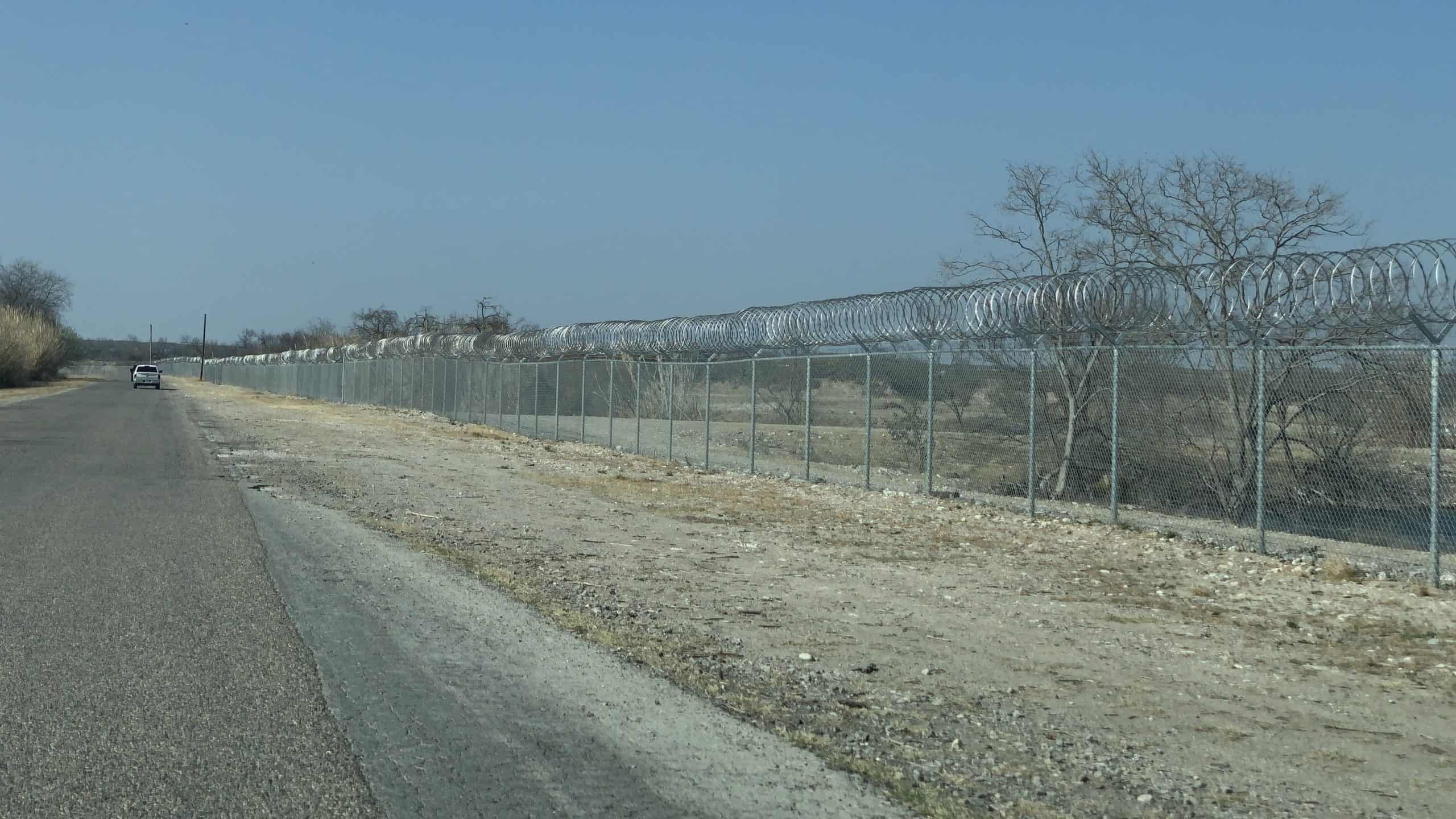
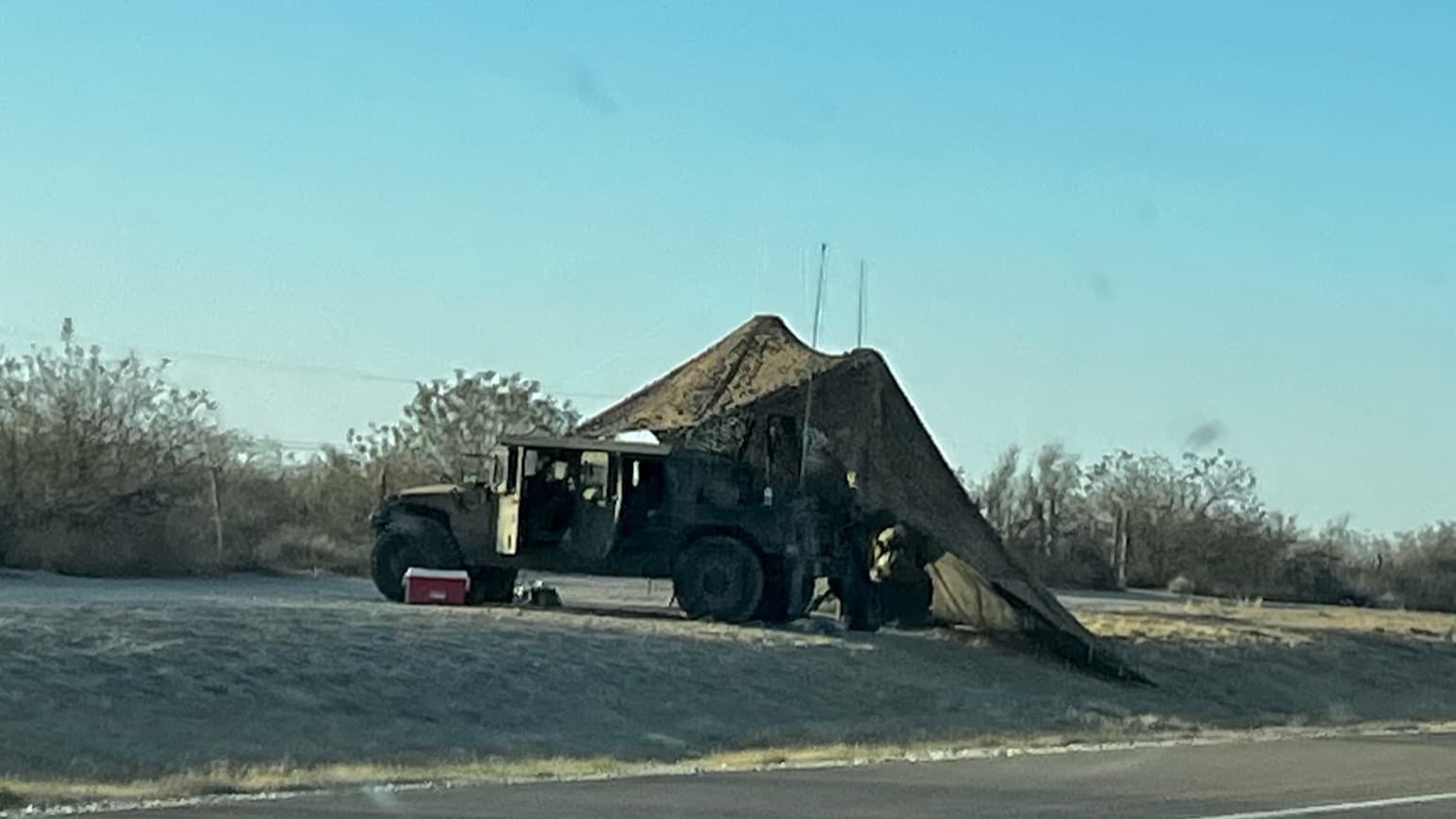
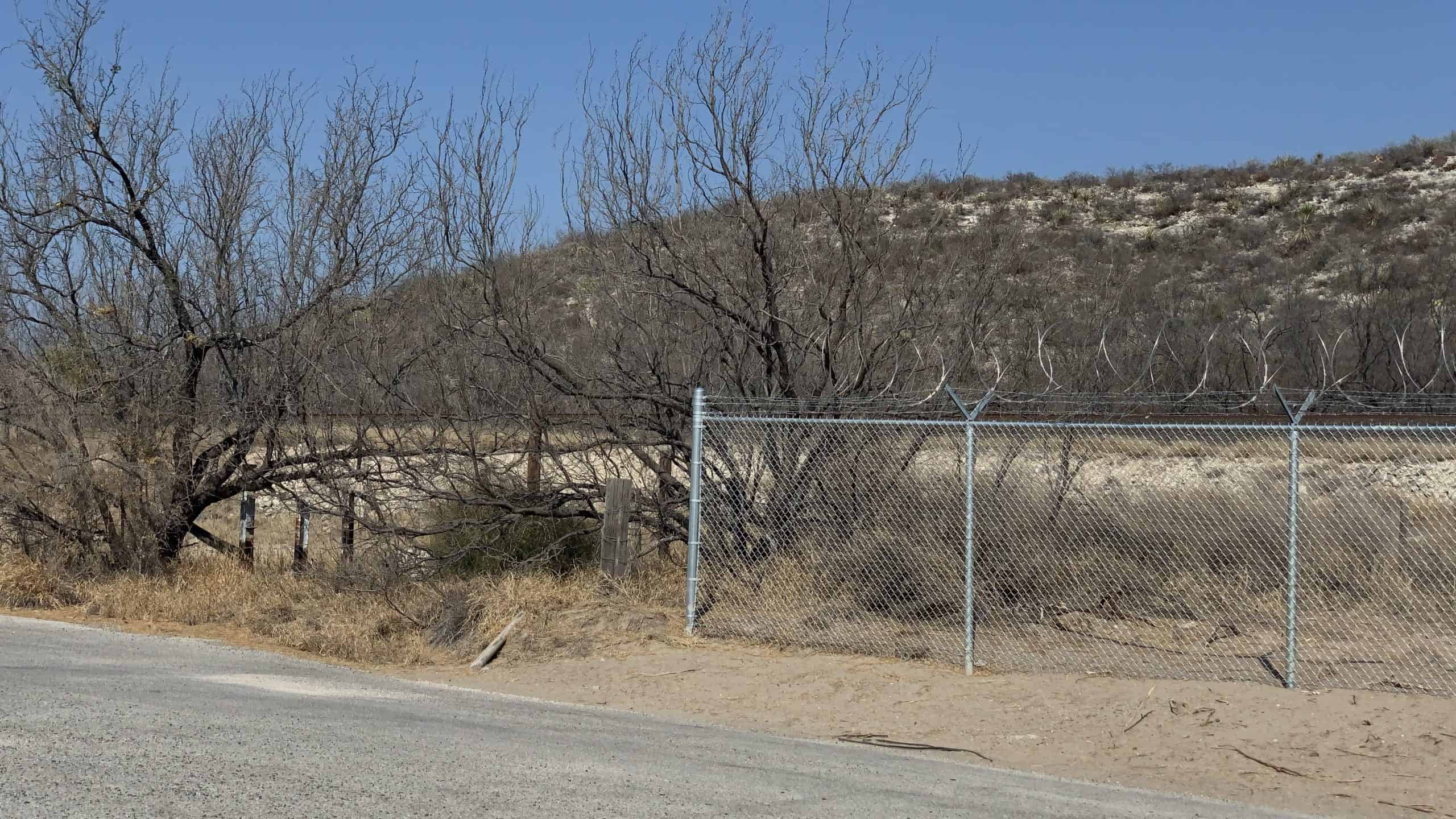

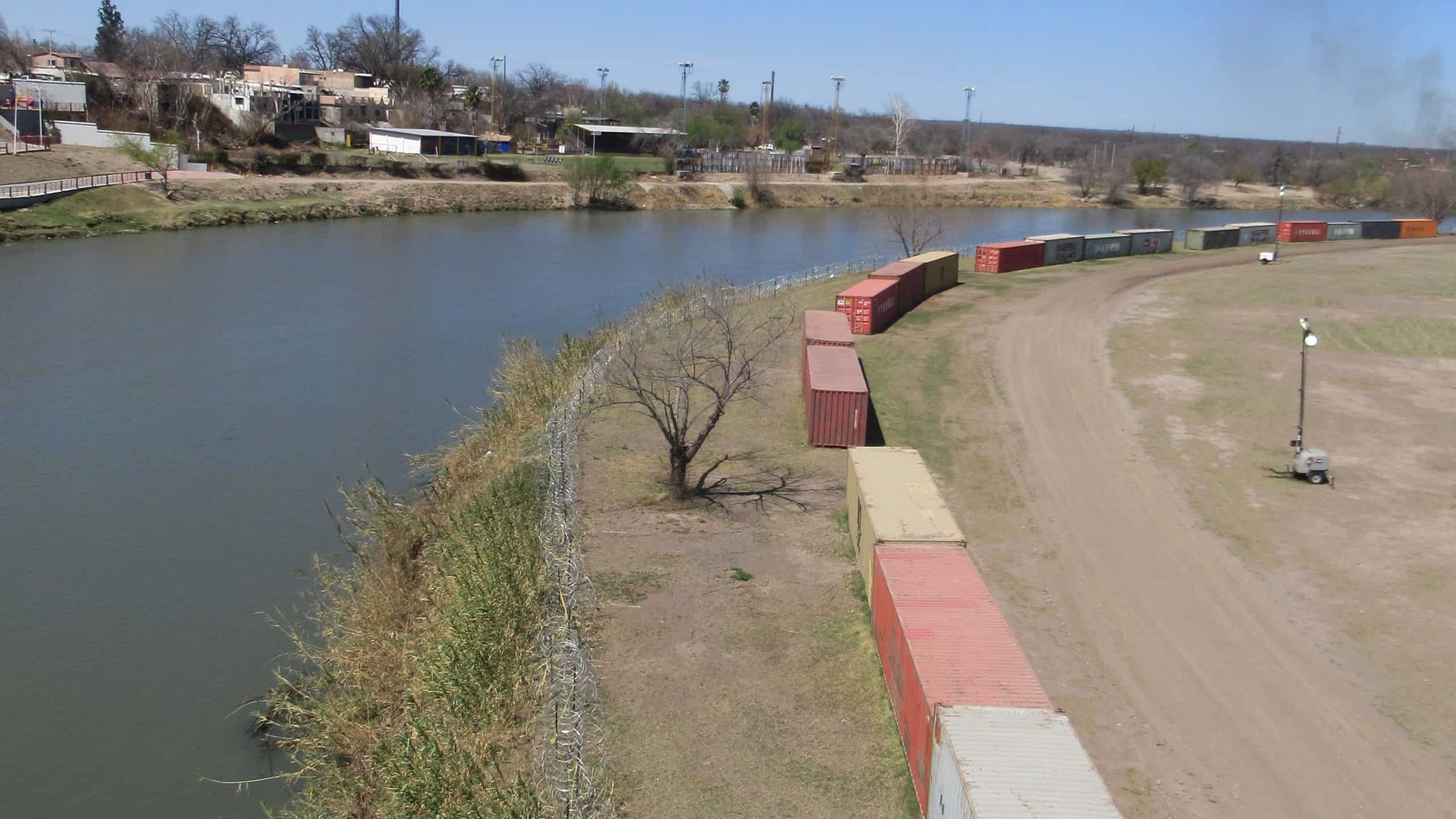
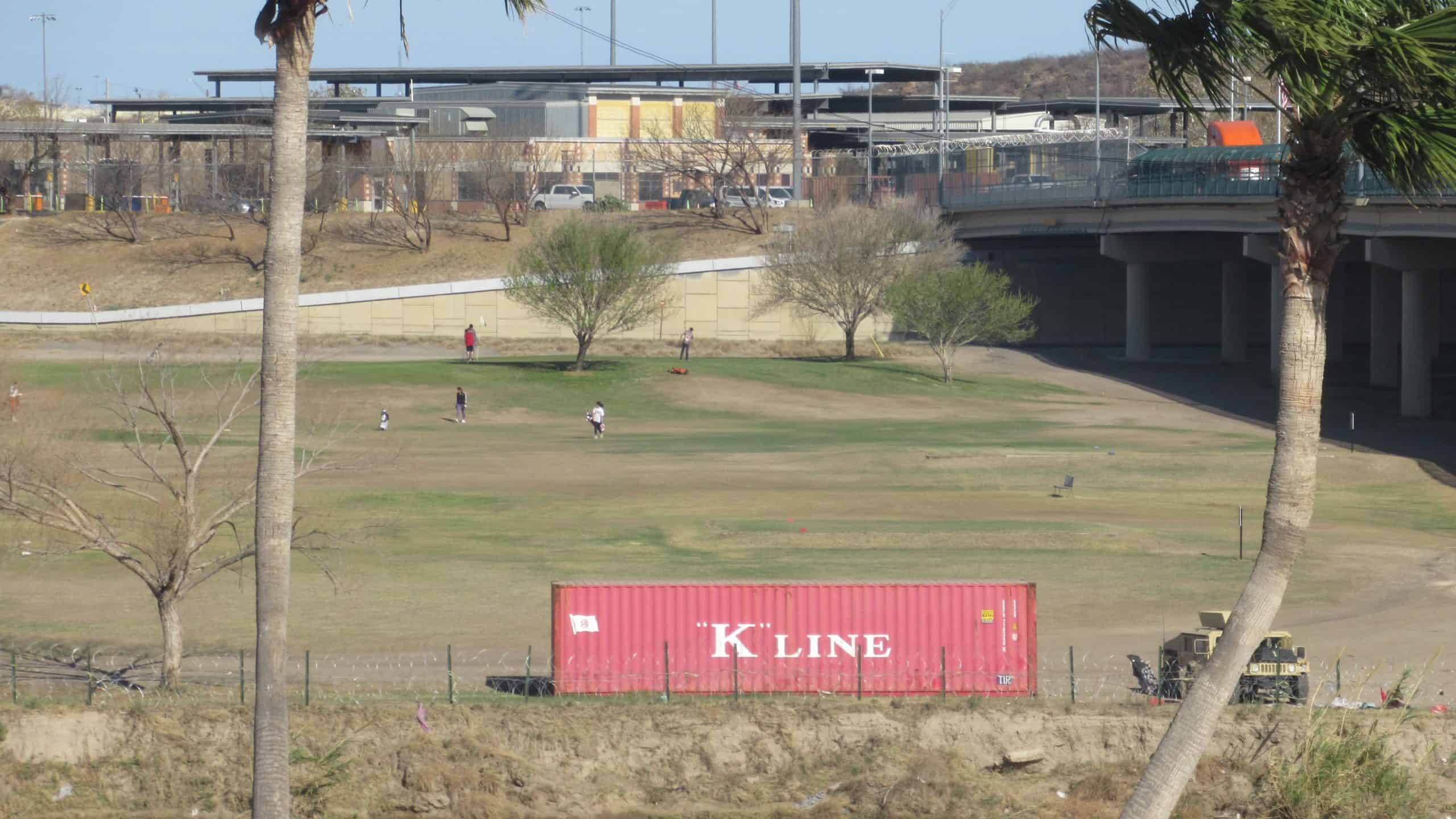
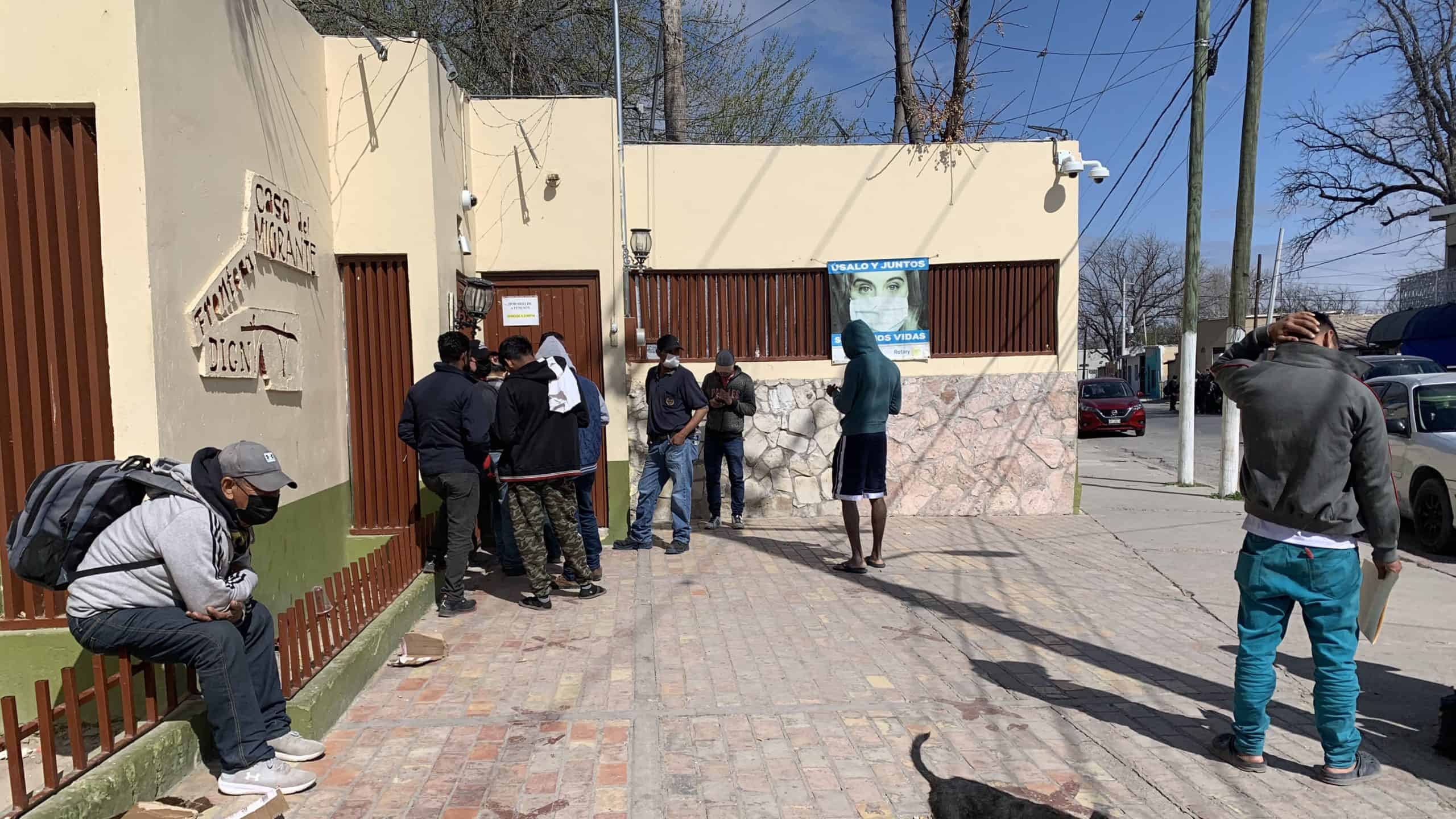
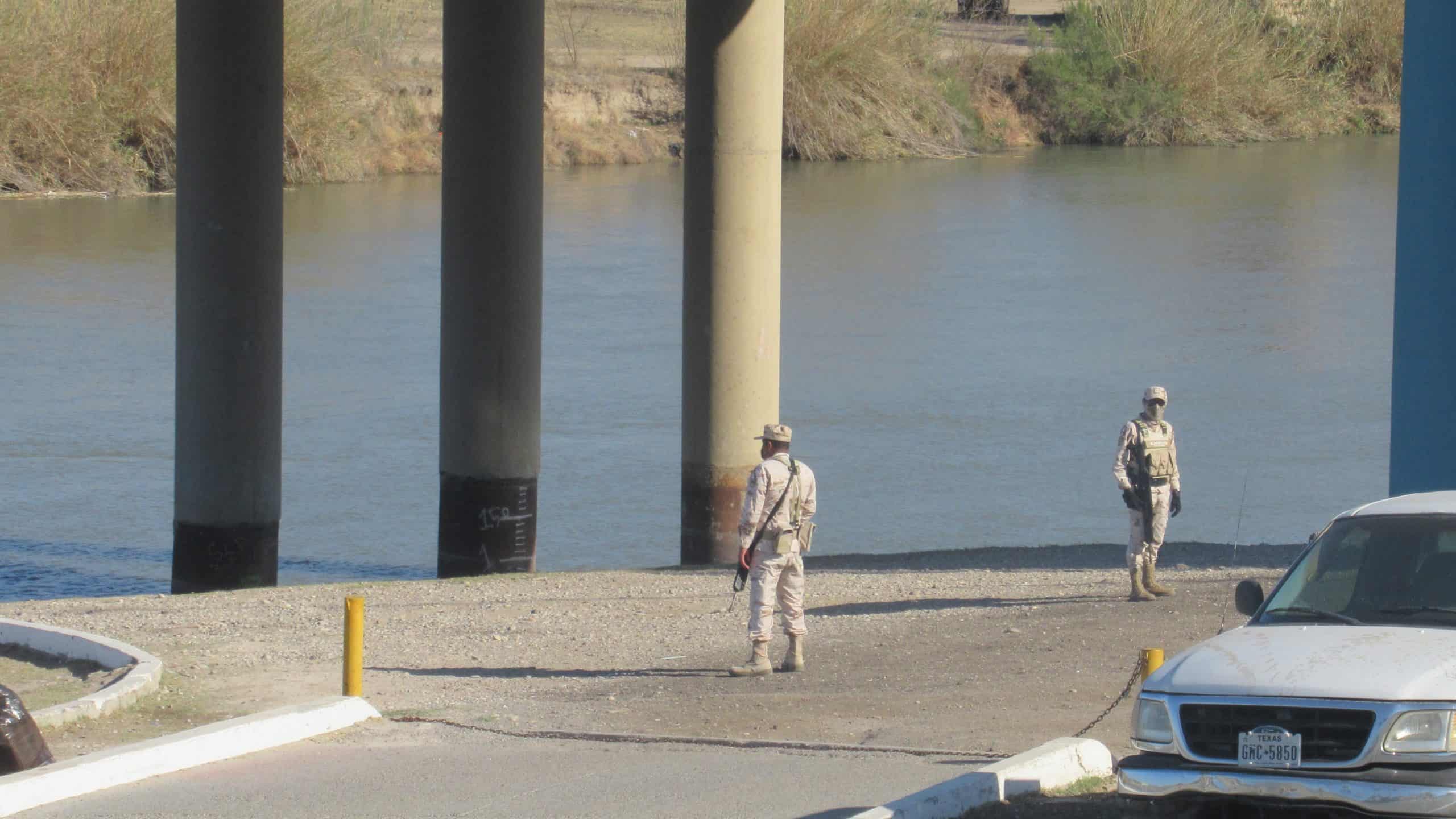
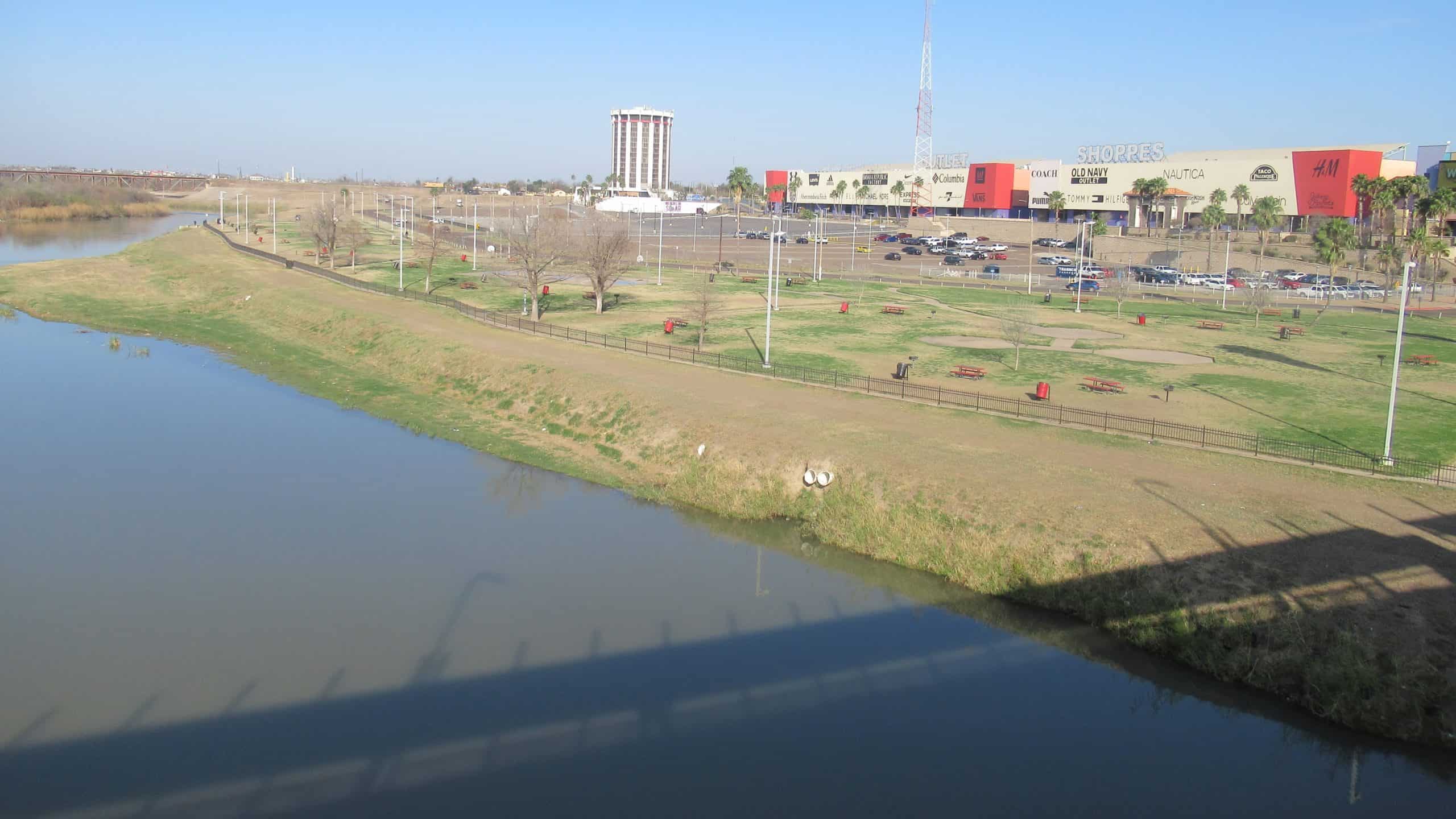
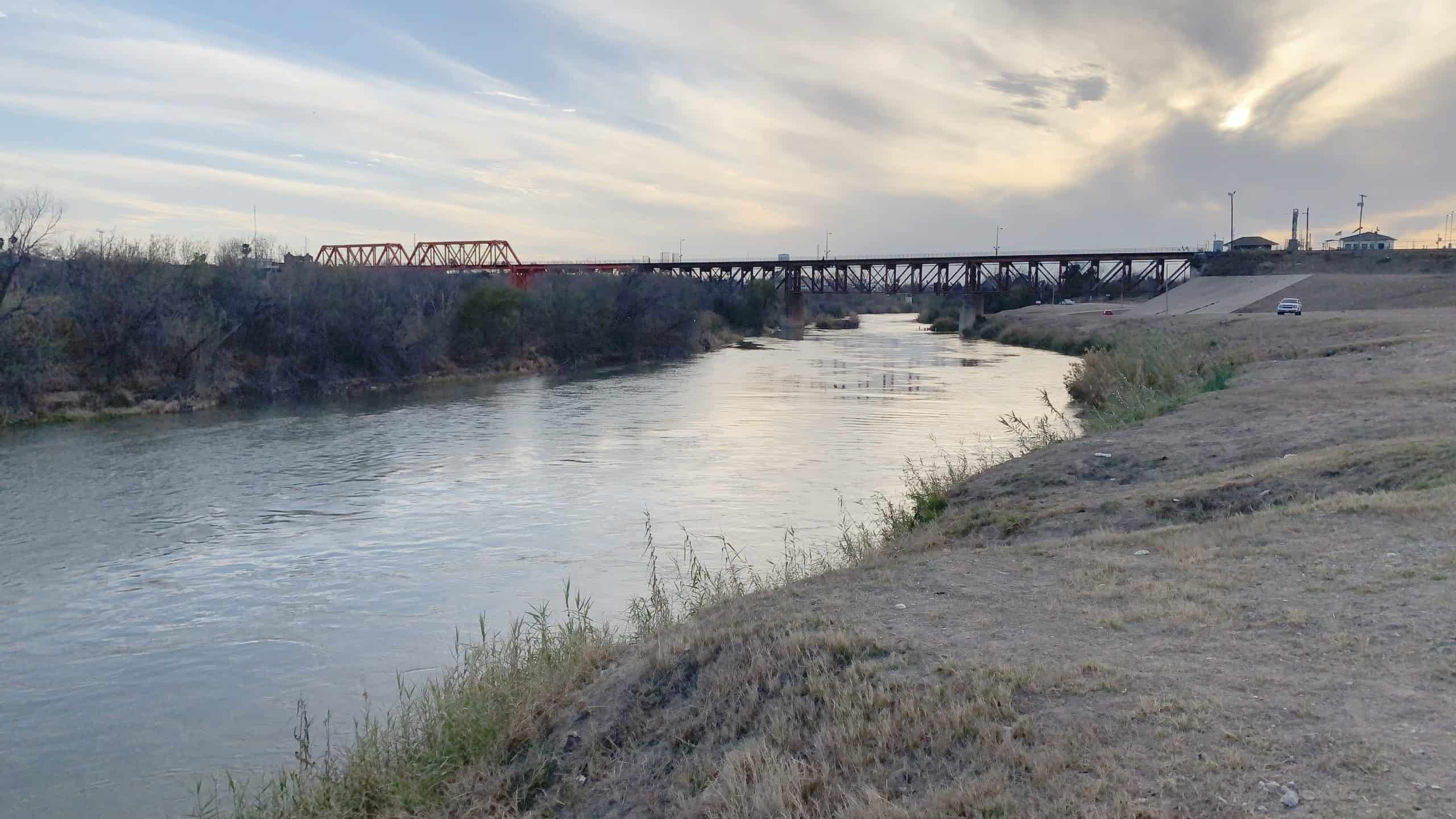
Border Patrol’s Laredo sector is sandwiched between the agency’s two busiest sectors, but even without a wall, it ranks seventh in migrant encounters so far in fiscal 2022. The reason for the relative lack of migration here, according to the consensus of people we interviewed, is the power of organized crime on the Mexican side of this part of the border.
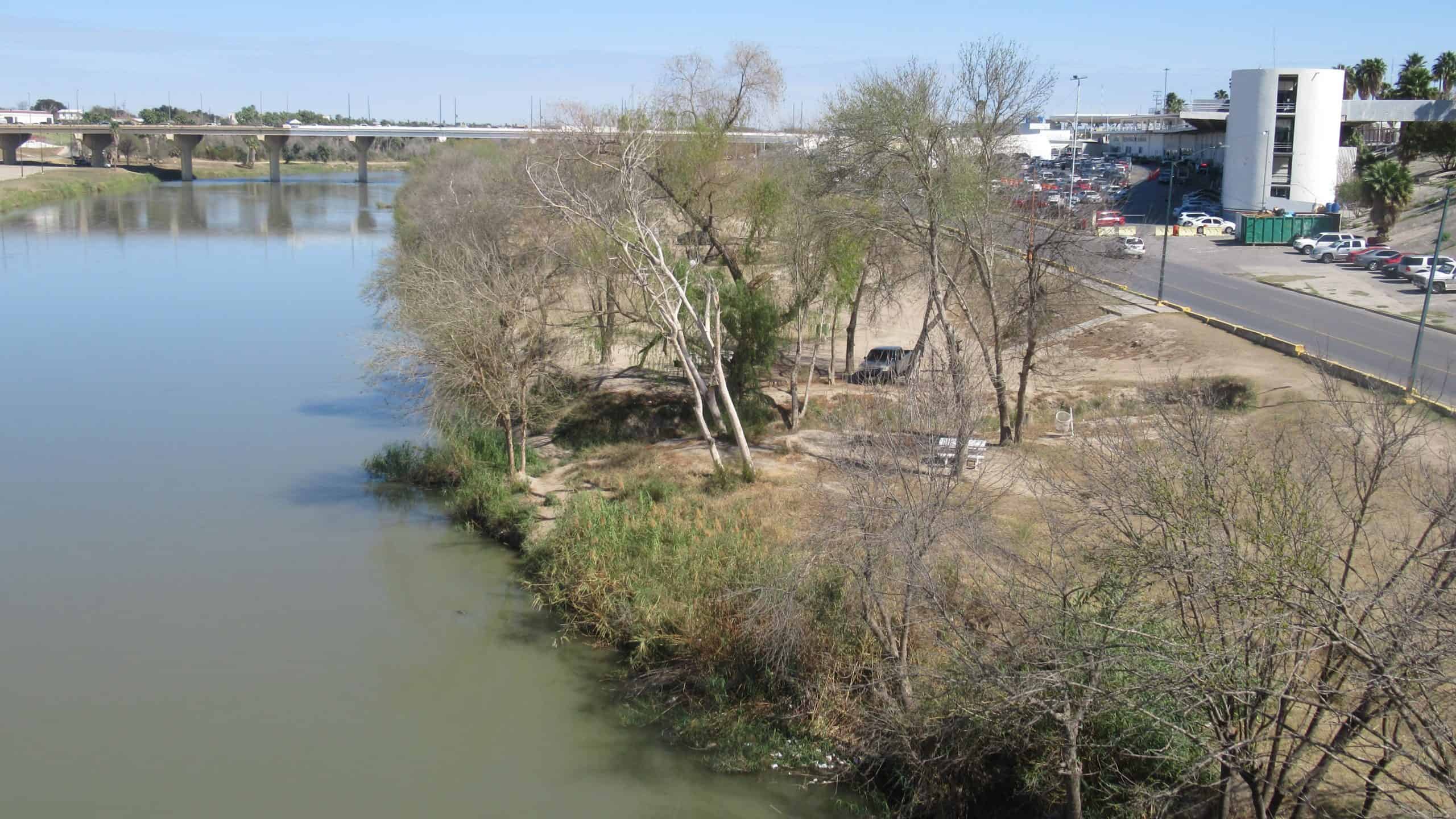
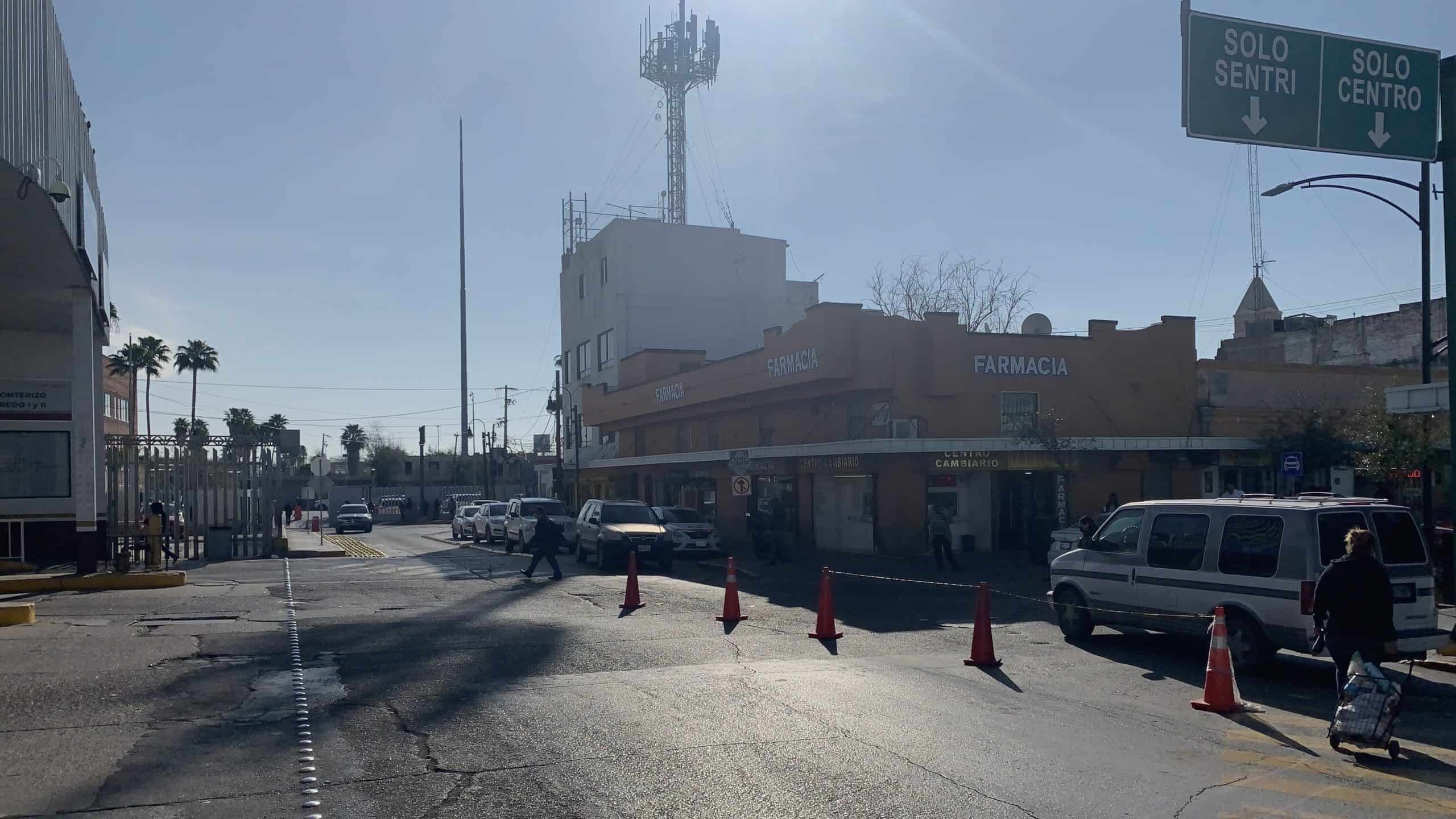
CBP expelled 12,404 non-Mexican migrants, most or all of them into Nuevo Laredo, after encountering them in the Laredo Sector during the first five months of fiscal 2022. The actual number of expulsions is probably larger: when things get busy in the adjacent Rio Grande Valley Sector, CBP moves migrants from there to Laredo and expels them into Nuevo Laredo.
The “Remain in Mexico” program, which the Biden administration is reviving under court order, began operating in Laredo on March 3. As of March 16, 57 asylum-seeking migrants had been sent from Laredo to “remain” in Mexico. Because of Nuevo Laredo’s security situation, most or all of them have chosen to be transported three hours’ drive south, to the city of Monterrey.
Most of CBP’s migrant encounters in the Laredo sector are with single adults from Mexico and Guatemala, so we were surprised to see shelters in Nuevo Laredo full of families, with many children. While many were Mexican citizens displaced by violence elsewhere in the country, we met people from a variety of countries, particularly South America.
Further to the east, south Texas’s Rio Grande Valley led all of Border Patrol’s nine sectors in migrant encounters between March 2013 and December 2021. Del Rio was number-one in January 2022, but Rio Grande Valley took the number-one spot back in February.
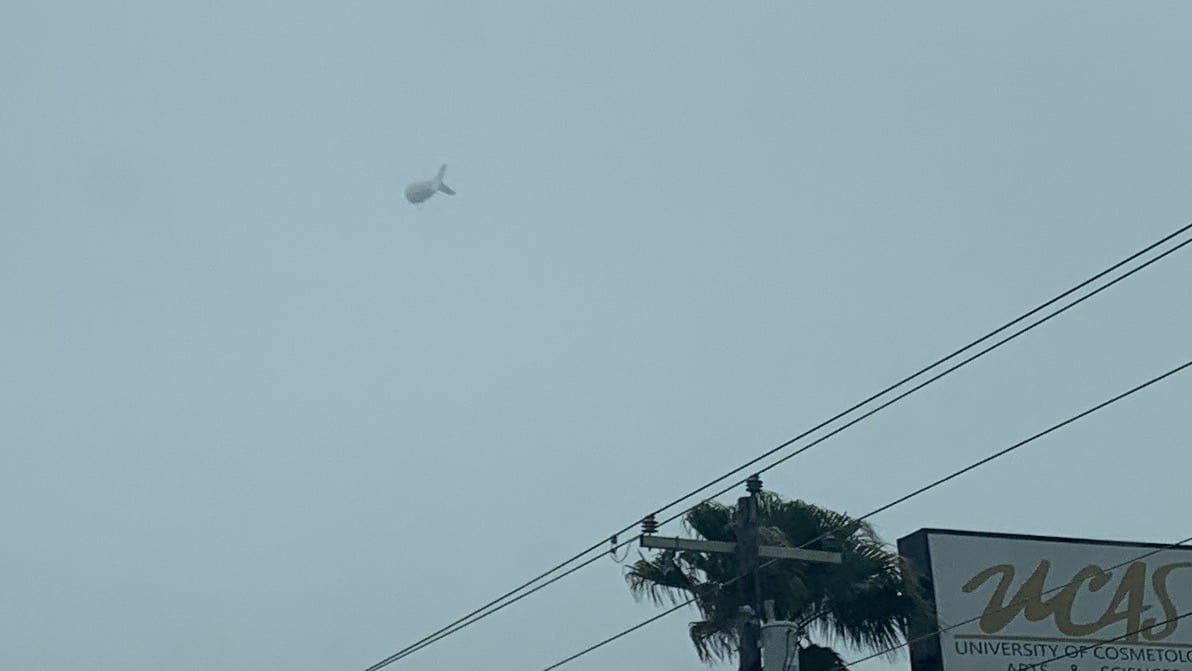
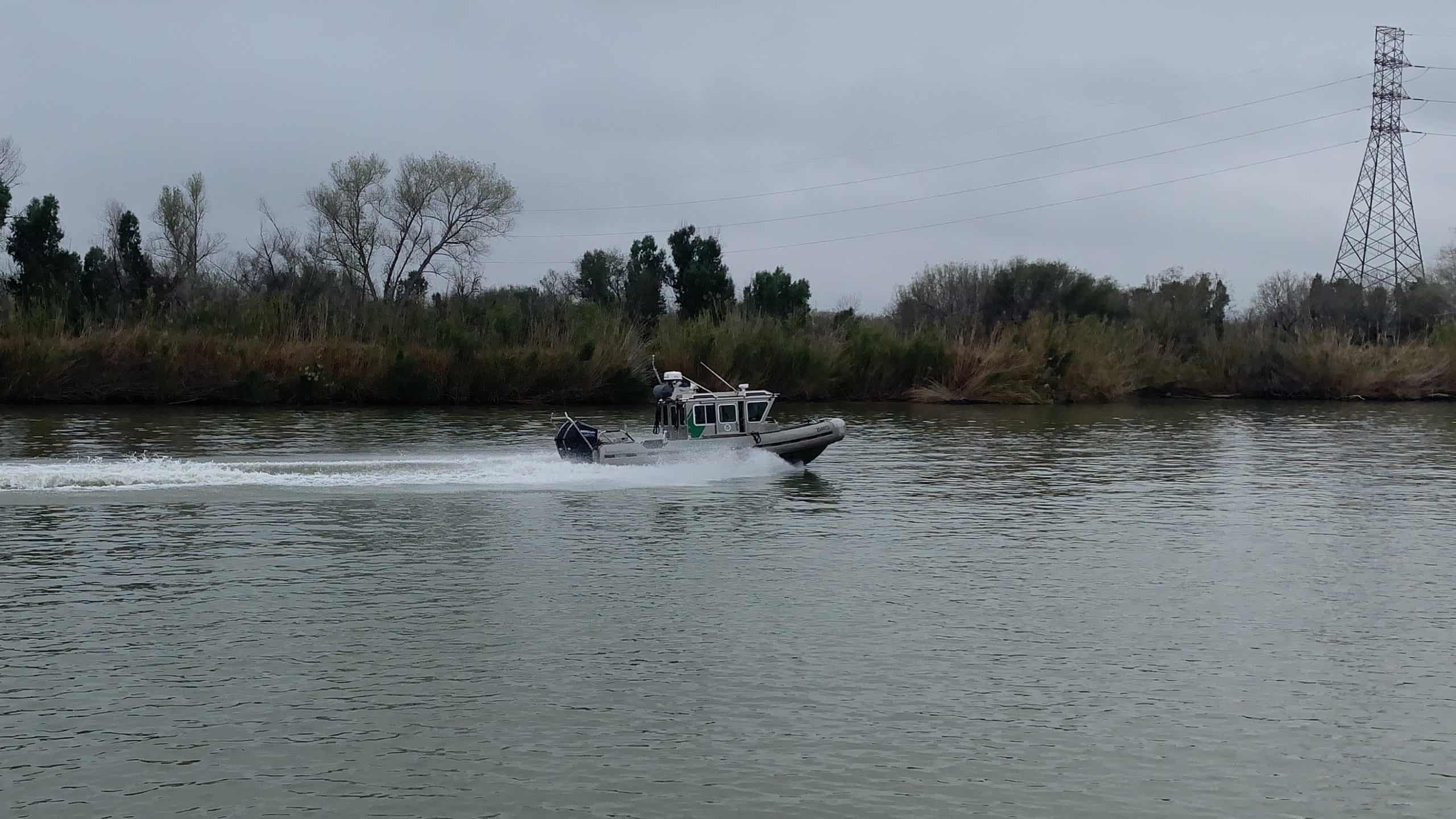
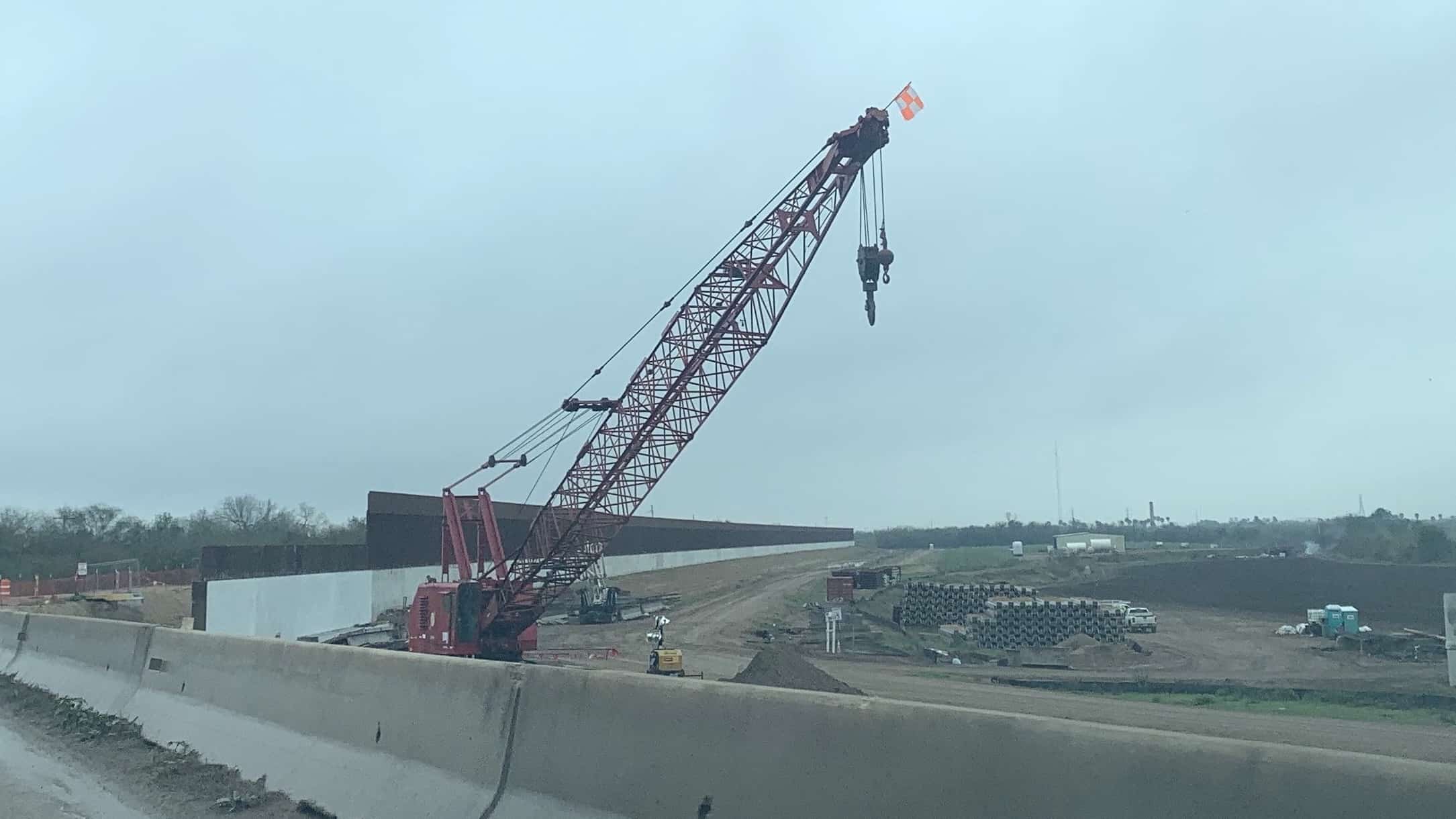
CBP has plans to build up to 86 miles of border wall in the Valley’s Starr, Hidalgo, and Cameron counties, using about $1.9 billion appropriated for that purpose in the 2018 and 2019 Homeland Security appropriations bills. The Biden administration and the Democratic majority in Congress had sought to rescind that past-year money, but Senate Republicans dug in and appear to have prevailed in the 2022 budget fight that just concluded last week. So construction must now go forward.
The REAL ID Act of 2005 included a rider allowing CBP to waive all other laws, from the Endangered Species Act to laws protecting sacred indigenous sites, in order to build walls like this. The Trump administration invoked waivers of up to 42 laws, 27 times. This is likely to happen again unless the Biden administration’s Department of Homeland Security (DHS) wisely decides not to invoke the waivers.
Meanwhile, since most riverfront land in Texas is privately owned, wall-building in the Rio Grande Valley may mean years of bruising court battles with property owners whose land the government would seek to seize via eminent domain.
We had dinner in Mission with artist and activist Scott Nicol, who finds so many ladders used by migrants to defeat the border wall that he used them to create an art installation.
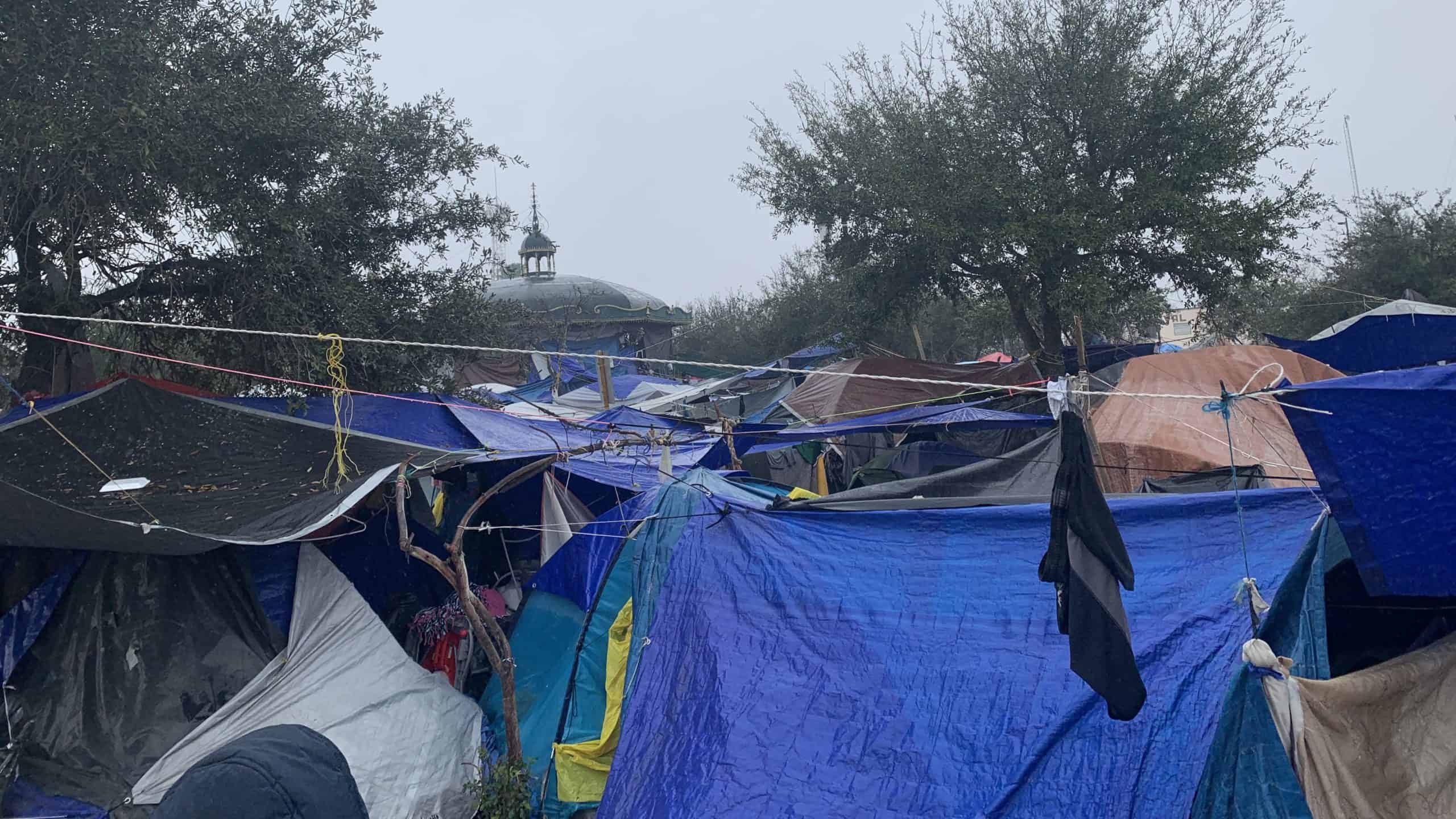
Right now, more than 2,000 people—including many families with children—are living in the Reynosa encampment under tents and tarps, eating food cooked on wood fires at four makeshift “kitchens.” Medical personnel say many are in poor health, as contagions spread quickly. We talked to people who had been living in the square for seven months. Church groups operate at least two other shelter spaces, which are very full. Another, a converted baseball field, will soon open up; it is intended to house the people stranded at this plaza.
Many migrants in the square were Guatemalan, Honduran, and Salvadoran: the state of Tamaulipas, Mexico, across from the Rio Grande Valley, is the part of the border that lies closest to Central America. Reynosa has also seen a recent increase in arrivals of Haitians.
Of Mexico’s six border states, Tamaulipas is the only one to have a level-four “Do Not Travel” warning from the U.S. State Department, “due to crime and kidnapping.” Despite that, CBP has expelled 138,807 migrants into Tamaulipas from its Laredo and Rio Grande Valley sectors since October 2021, and Mexico has received another 7,411 of its citizens who were deported, mostly from the U.S. interior, into Tamaulipas between October and January.
As it is territory disputed between criminal groups, Reynosa is reputed to be the most dangerous of Tamaulipas’s border cities, and it has seen serious recent flareups of violence. This city, and nearby Matamoros, are very dangerous for migrants: when we asked whether “maybe 20 percent” of migrants waiting in Matamoros had been kidnapped before, a humanitarian worker said “it’s higher than that.” In Reynosa, women and children get moved to the encampment’s more central tents because kidnappers, with guns drawn, raid the square often.
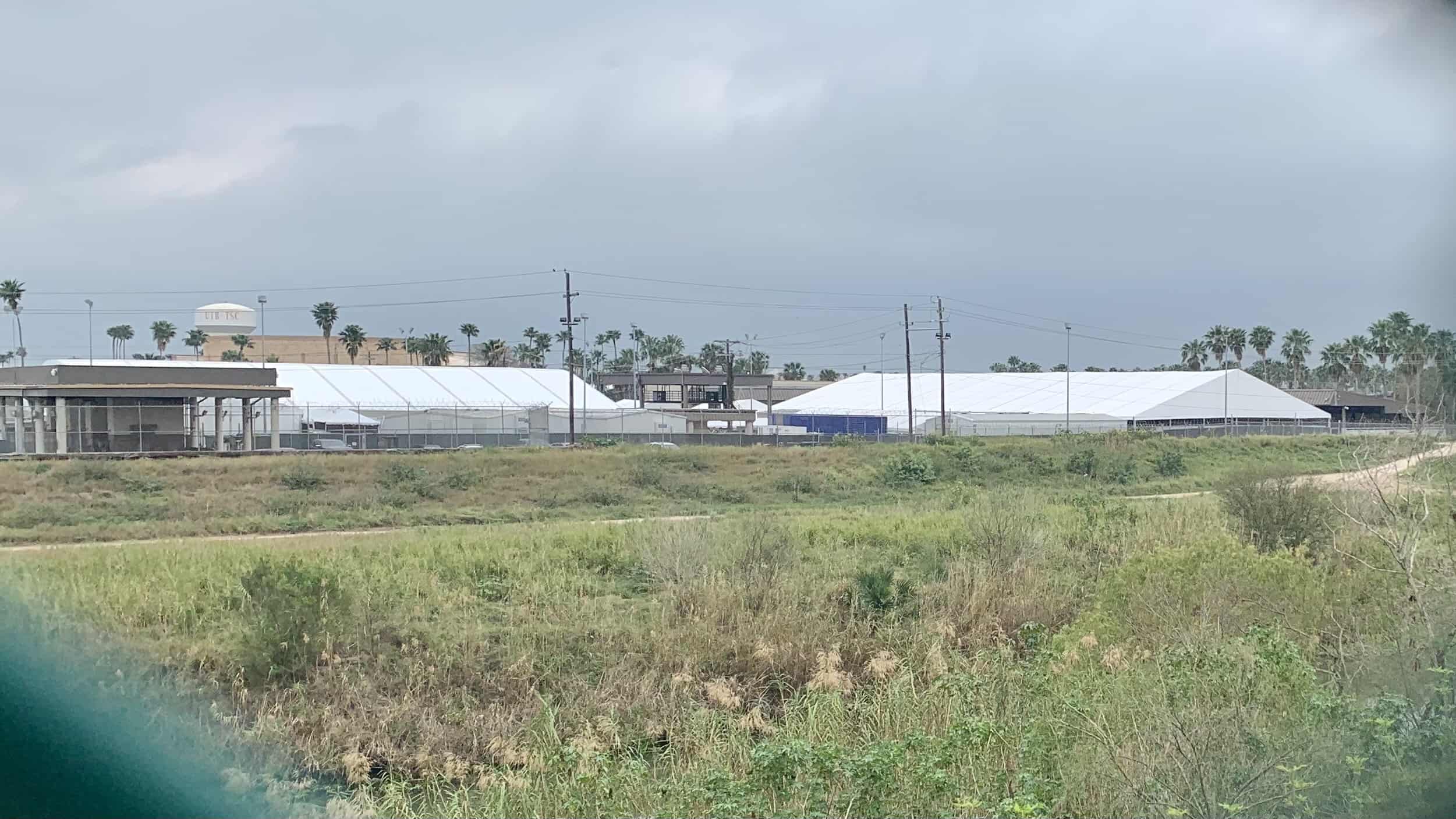
This was a worthwhile but difficult visit. We made modest progress on our research goals of tracking kidnapping patterns and experiences with U.S. border law enforcement: we confirmed that information is indeed scarcer here. The few non-governmental service providers active in this part of the border are too overwhelmed—by the urgent needs of large numbers of migrants, and by the menacing security situation—to document either problem thoroughly. We are now clearer about next steps for this work.
This part of the border is seeing a great deal of cruelty and hardship. The status quo is unsustainable and must change quickly. Three of the most urgently needed changes that stood out to us are:
As a result, not only do migrants’ urgent needs go unmet, we lack information about everything from assaults and kidnappings on the Mexican side, to experiences in CBP custody on the U.S. side. People doing good work here need much more accompaniment than they are receiving. We plan to come back soon.